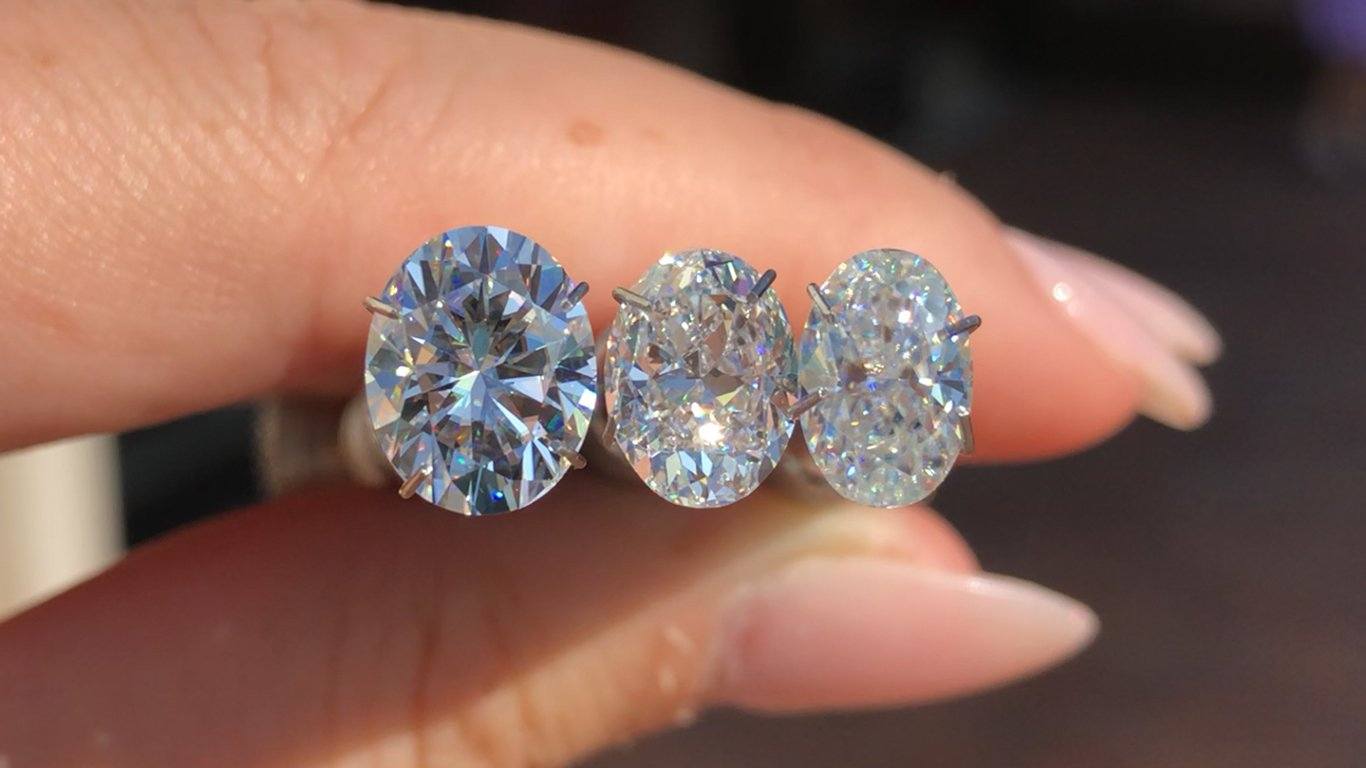Introduction
Diamonds have long been synonymous with eternity. Their timeless sparkle and unbreakable nature have made them the quintessential symbol of everlasting love and commitment. But as technology advances, a new contender has entered the scene—lab-created diamonds. Are they just a fleeting trend, or do they stand up to the traditional gems we’ve always adored? Let’s delve into the world of lab-created diamonds and explore why they might just be forever.
What Are Lab Created Diamonds?
Lab-created diamonds, also known as synthetic or cultured diamonds, are real diamonds that are grown in a laboratory rather than mined from the earth. These diamonds possess the same physical and chemical properties as natural lab created diamonds are forever, making them indistinguishable from their earth-mined counterparts to the naked eye.
History of Lab Created Diamonds
Lab-created diamonds have an intriguing history that reflects both scientific progress and the quest to replicate nature’s wonders. The journey began in the early 20th century when scientists first managed to create diamonds in a lab setting. Fast forward to today, and advancements in technology have allowed for the production of high-quality diamonds that rival those found in nature.
How Lab Created Diamonds Are Made
High Pressure High Temperature (HPHT)
The HPHT method mimics the natural conditions under which diamonds form within the earth. By applying intense pressure and high temperatures to carbon, scientists can create diamonds that are virtually identical to those found in nature. This method has been used since the 1950s and remains a popular technique for producing lab grown diamonds.
Chemical Vapor Deposition (CVD)
CVD is a more modern method that involves placing a carbon-rich gas in a vacuum chamber and then using energy to break down the gas and deposit carbon atoms onto a substrate. These atoms then crystallize into diamond structures. This technique allows for the production of diamonds with fewer impurities and greater control over the diamond’s characteristics.
Lab Created Diamonds vs. Natural Diamonds
Chemical Composition
Both lab-created and natural diamonds are made of carbon atoms arranged in a crystal lattice. This identical chemical composition means that lab-created diamonds are just as real as their natural counterparts. The difference lies in their origin rather than their makeup.
Physical Properties
In terms of hardness and brilliance, lab-created diamonds perform the same as natural diamonds. They score a perfect 10 on the Mohs scale of hardness, making them extremely durable and ideal for everyday wear.
Cost Comparison
One of the most significant advantages of lab-created diamonds is their cost. Due to the controlled production environment and reduced mining costs, lab-created diamonds are typically 20-40% less expensive than natural diamonds of similar size and quality.
Benefits of Lab Created Diamonds
Ethical Considerations
Lab-created diamonds offer a more ethical alternative to natural diamonds, which are often associated with mining practices that can exploit workers and harm the environment. By choosing lab-created diamonds, consumers can enjoy the beauty of diamonds while supporting more sustainable practices.
Environmental Impact
Mining for natural diamonds has a considerable environmental footprint, including habitat destruction and pollution. In contrast, lab-created diamonds have a much lower environmental impact, making them a more eco-friendly choice.
Customization Options
With lab-created diamonds, customization is easier and more affordable. Whether you’re looking for a unique cut, color, or clarity, lab-created diamonds can be tailored to your exact specifications without breaking the bank.
Popular Uses of Lab Created Diamonds
Jewelry
Lab-created diamonds are increasingly popular in the jewelry market. From engagement rings to earrings, these diamonds offer a blend of luxury and ethical assurance that appeals to many consumers. They are available in a wide range of styles and settings, allowing for personalized and meaningful pieces.
Industrial Applications
Beyond jewelry, lab-created diamonds have significant industrial uses. Their hardness makes them ideal for cutting, grinding, and drilling applications. Industries such as manufacturing and construction benefit from the durability and precision that lab-created diamonds provide.
Buying Lab Created Diamonds
Certification and Grading
Just like natural diamonds, lab-created diamonds are graded based on the 4 Cs—cut, color, clarity, and carat weight. It’s essential to seek out diamonds that come with certification from reputable grading organizations to ensure you’re getting a high-quality product.
Choosing a Reputable Seller
When buying a lab-created diamond, it’s crucial to choose a reputable seller. Look for businesses with transparent practices, positive reviews, and a clear return policy. A trustworthy seller will provide you with all the information you need to make an informed purchase.
Future Trends in Lab Created Diamonds
Technological Advances
The technology behind lab-created diamonds continues to evolve, promising even higher quality and more innovative diamond types in the future. Advances in both HPHT and CVD methods are likely to lead to more affordable and customizable options.
Market Growth
The market for lab-created diamonds is expanding rapidly as more consumers become aware of their benefits. As technology improves and consumer demand increases, lab-created diamonds may become an even more prominent choice in the jewelry industry.
Conclusion
Lab-created diamonds are indeed forever, offering a blend of beauty, ethics, and affordability that’s hard to beat. As technology progresses and societal values shift towards sustainability and responsibility, lab-created diamonds are poised to become even more significant in the world of fine jewelry. Whether you’re drawn to their cost-effectiveness, ethical advantages, or the sheer brilliance they offer, lab-created diamonds represent a modern twist on a timeless classic. So, next time you’re in the market for a diamond, consider the lasting value of a lab-created gem—it might just be your perfect match.




